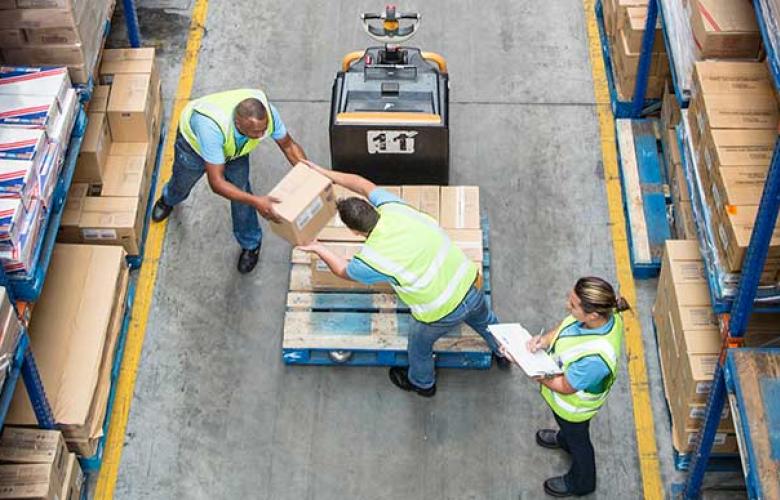How warehouse design is putting employees first
Contact
How warehouse design is putting employees first
Gyms, childcare centres, and restaurants are making their way into logistics facilities says Peter Guevarra, Director, Regional Research, Asia Pacific, JLL.
Industrial and logistics real estate has often lagged behind offices in amenities or other ways to support employees’ health and wellbeing.
“Traditional warehouses are typically seen as big sheds located away from population centers, and are not necessarily zoned for other uses,” says Peter Guevarra, Director, Regional Research, Asia Pacific, JLL. “Amenities for employees in warehouses were not always seen as a requirement to attract the workforce.”
However, this is quickly changing, with the talent war heating up amid labor shortages. Human-centric design has become a priority for logistics companies trying to attract and retain top talent.
“Across modern logistics facilities, more wellness amenities are being incorporated into building design including food offerings, childcare centres, gyms and improved in-building connectivity ,” says Guevarra in an interview leading up to the Future of Logistics virtual panel discussion.
Understanding what employees want
Take an upcoming logistics facility from Frasers Property Industrial in Australia that will feature a full-sized basketball court. It’s part of the firm’s new Premium Estates concept to deliver high-quality industrial and logistics developments.
Clothing company ASOS’ one million square foot distribution center in the U.S. state of Georgia is home to two basketball courts, a soccer field, a gym, a pizza and grill station, and even a pop-up nail bar.
Relaxation spaces, healthy food services and outdoor spaces top the list of health and wellbeing amenities that employees want in their physical workplaces, according to JLL. Yet close to one-third of employees have no access to such offerings at work.
“We’re in the early stages,” says Guevarra. “Only the larger logistics occupiers and developers are incorporating human-centric design now, but more players will follow, particularly as we also move into an era of ESG and sustainability.”
Given that amenities tend to remain an exception, there’s a clear opportunity for employers to take action.
The modern, human-centric warehouse
Beyond amenities, implementing human-centric design in logistics facilities also means considering how technological advancements can improve employees’ wellbeing by reducing physically demanding tasks such as excessive lifting.
According to a JLL industrial report, a human-centric design approach to warehouse operations boosts productivity with robots managing repetitive or injurious tasks, while workers focus on value-added roles such as order fulfillment and problem-solving.
“Robotics involved in the movement of goods inside facilities are already used by some 50 percent of supply chain organizations, and this trend will only increase,” says Michael de Jong-Douglas, Senior Managing Director, ESR, in the lead-up to the Future of Logistics virtual panel.
With the average cost of an industrial robot expected to fall to US$10,856 by 2025 from US$27,074 in 2017, adoption of technological and automation solutions among occupiers will only grow.
The design of warehouses must adapt, along with the pace of technological advancement and the evolving nature of work, to ensure the safety and wellbeing of employees, says Guevarra.
Return on investment unclear
Despite a strong case for investments in amenities and human-centric design, financial feasibility remains a concern.
“While there will be short-term financial costs, there will be potential upsides in the longer term in terms of worker retention, productivity, and reduced absenteeism,” Guevarra says.
The return from creating fulfilling wellness experiences and having an engaged workforce is sometimes not easy to quantify, says Daniel Poulin, Hospitality and Wellness expert, Member of the Global Wellness Institute.
“Yet, everybody understands that an engaged, healthy and well-rested workforce will produce the financial results that a company expects,” he says.







